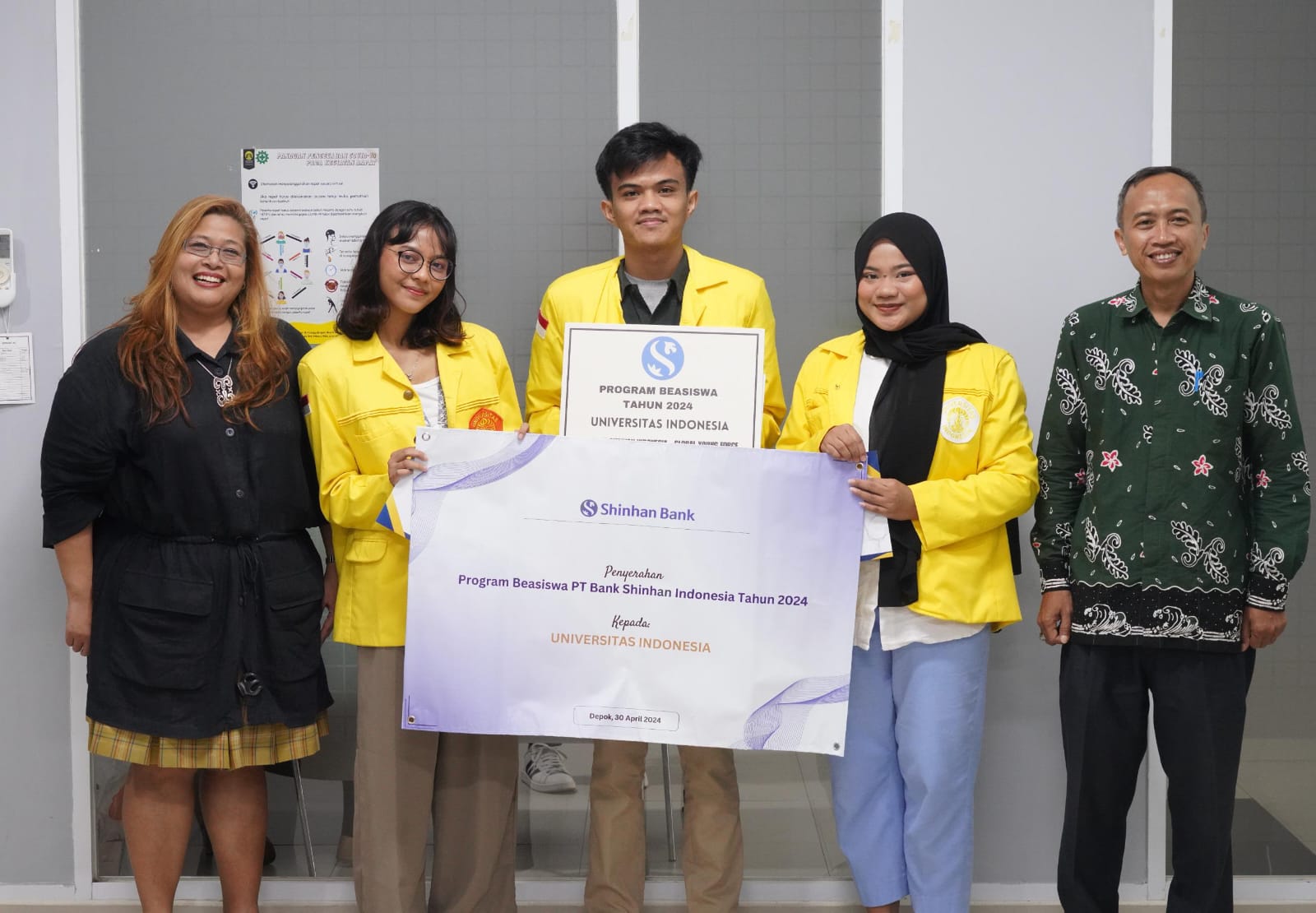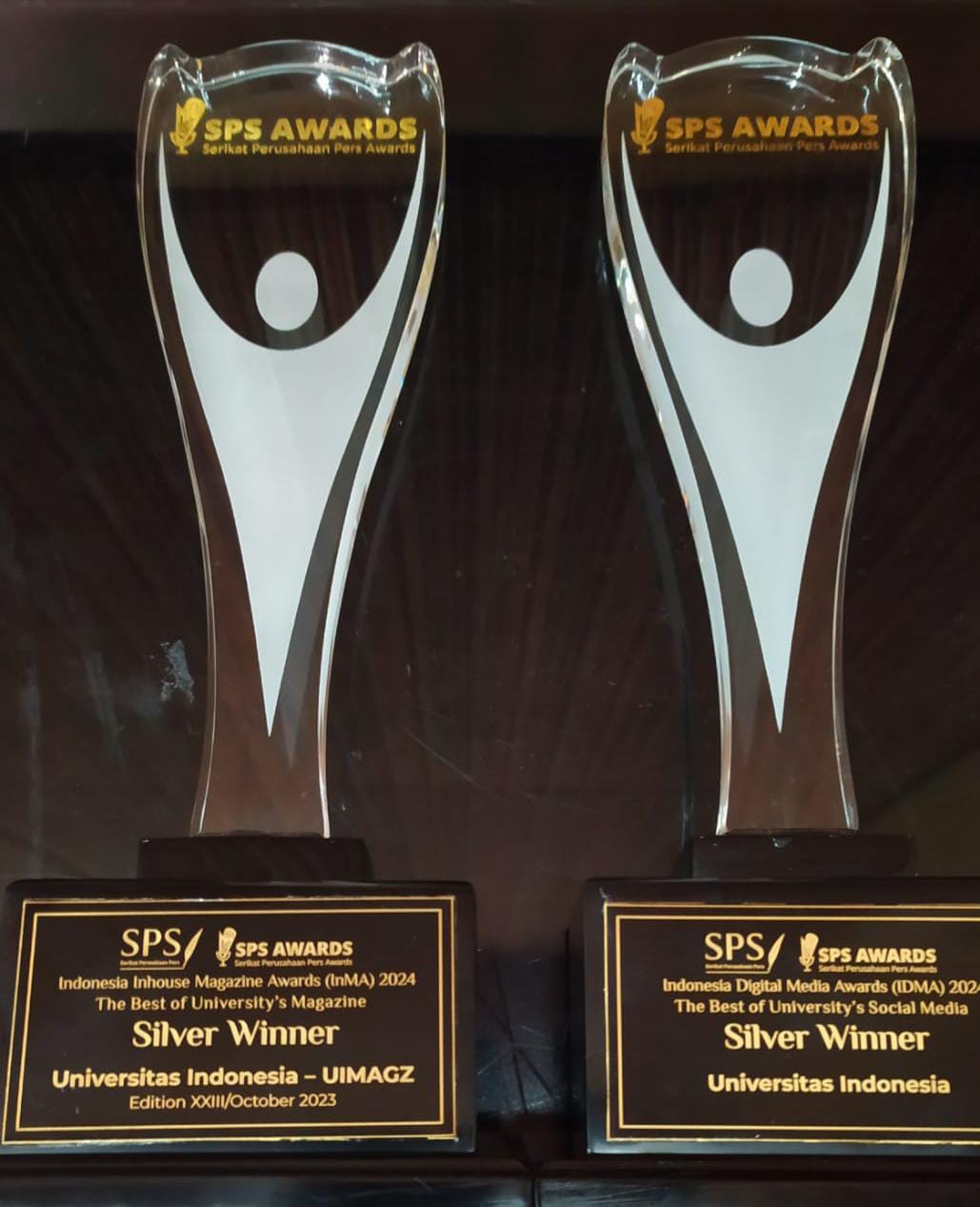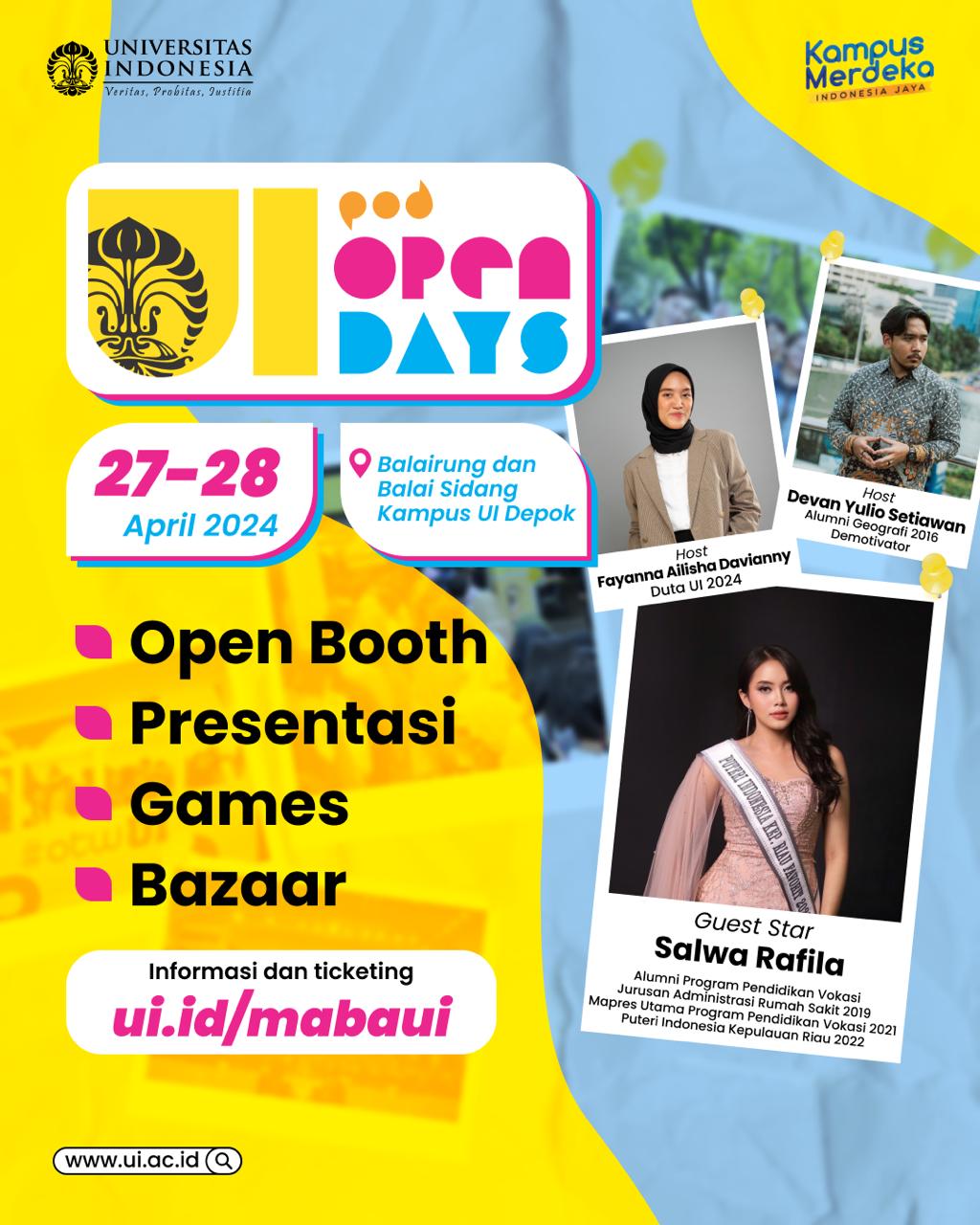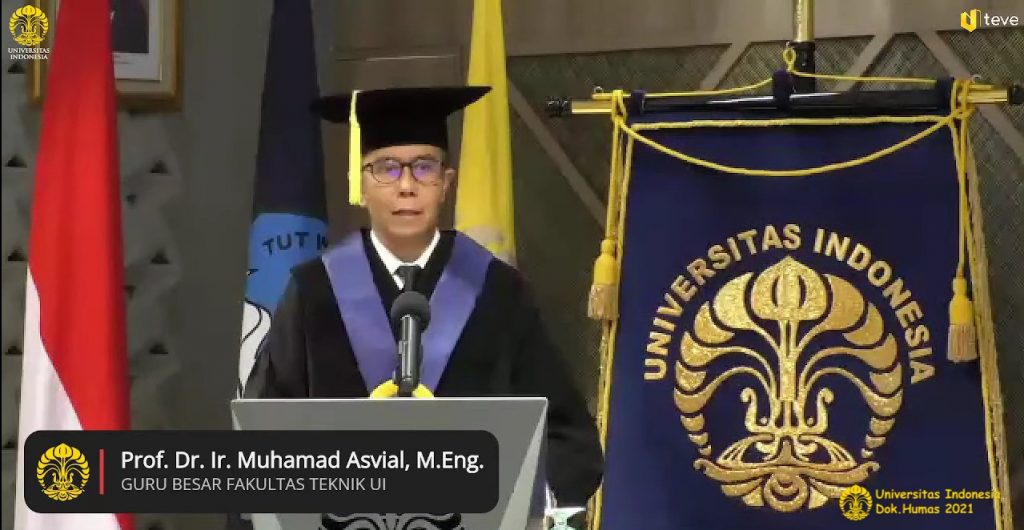
“The rapid development of Wireless Technology and Services and the Internet has changed the way we live our lives, both in how we work and how we interact with others in society. Therefore, welcoming the era of society 5.0 or super smart society requires adjustments in various sectors. The development of digital transformation in Indonesia in all aspects of life is heavily correlated with network technology. The technology is an effort to respond to change. Basically, the main efficiencies in the telecommunications sector include three very limited natural resources in the telecommunications sector, namely satellite orbitals, numbering, and bandwidth/ frequency spectrum,” said Prof. Dr. Ir. Muhamad Asvial, M. Eng., in the Open Session of the Universitas Indonesia (UI) Professor inauguration ceremony which was broadcast virtually through the UI Youtube channel.
Asvial revealed that one of the obstacles in the Internet of Things (loT) network infrastructure is the many obstacles in certain areas of the loT network in the form of walls or the absence of routers in certain areas. The Physarum Routing Algorithm with Adaptive Power Control (PRA-APC) method was developed to solve the obstruction problem in loT networks. In addition, the Efficiency of Routing Methods with LEACH Non-Cooperative Game on Wireless Sensor Network (WSN) in this study has the aim of providing better energy efficiency by looking at the energy dissipation efficiency parameter.
According to him, Indonesia’s success in applying communication technology is one of the important factors in achieving the goal of Society 5.0 to realize a society where people enjoy life to the fullest by utilizing communication and information technology. Digital transformation in the Society 5.0 era by utilizing 5G and 6G communication technologies, places the efficiency of communication network resources as one of the main factors for the success of digital transformation. The challenge of communications network connectivity requires standards that can ensure quality of service and maintain resource efficiency.
“It is necessary to develop frameworks and technologies that contribute to solving the social problems of the world’s digital challenges. The global challenges of the 5G to 6G era that are part of the realization of Society 5.0, not only the government but also industry and academia are expected to play a major role, involving the creation of innovations and ecosystems while supporting government programs for the realization of advanced Indonesian superior human resources,” Asvial said in his inaugural speech on Saturday (11/12).
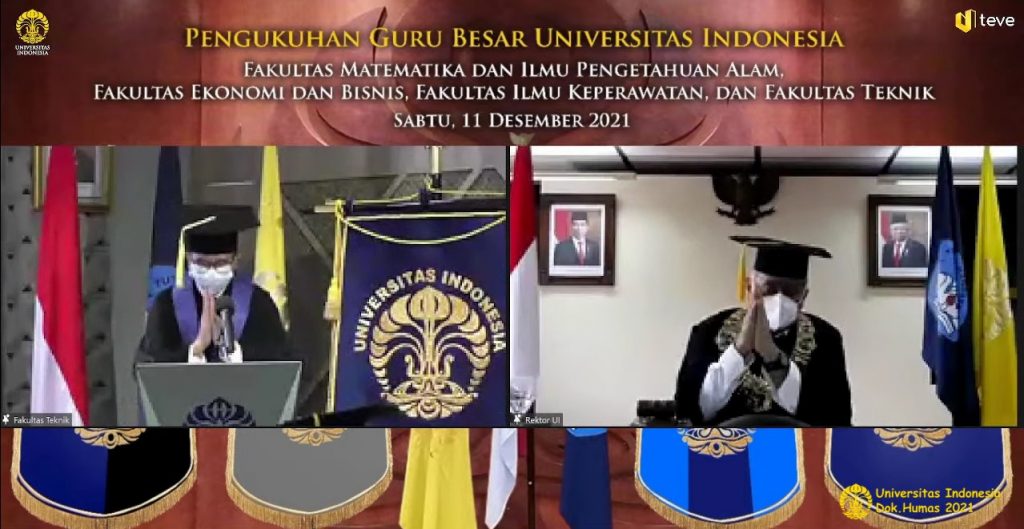 Asvial is a permanent lecturer at the Department of Electrical Engineering, Faculty of Engineering UI. He completed his undergraduate degree at the Faculty of Engineering UI in 1993. Then, he continued his master’s degree at Keio, University Japan in 1998. He pursued his doctoral degree at the University of Surrey, United Kingdom in 2003.
Asvial is a permanent lecturer at the Department of Electrical Engineering, Faculty of Engineering UI. He completed his undergraduate degree at the Faculty of Engineering UI in 1993. Then, he continued his master’s degree at Keio, University Japan in 1998. He pursued his doctoral degree at the University of Surrey, United Kingdom in 2003.
Despite the pandemic, it did not dampen his enthusiasm to keep doing research. During 2021, some of Asvial’s scientific works are, Asvial, M., Laagu, M.A, “New Development of Physarum Routing Algorithm with Adaptive Power Control” – IEEE Access Journal (2021); Asvial, M., Cracias, A., Laagu, M.A., Arifin, A.S., “Design and Analysis of Low Power and Lossy Network Routing System for Internet of Things Network” – International Journal of Intelligent Engineering and Systems (2021); Fitri, R., Rosyidi, L., Susilo, B., Asvial, M., “A comprehensive review on network protocol design for autonomic internet of things”-Journal of Information (Switzerland) (2021); Asvial, M., Mayangsari, J., Yudistriansyah, A., “Behavioral Intention of E-Learning: Case study Distance Learning at Junior High School in Indonesia due to Impact of Covid-19” -International Journal of Technology (2021); Dwi Astharini, Muhamad Asvial, Dadang Gunawan, “Performance of Signal Detection with Trellis Code for Downlink Non-Orthogonal Multiple Access Visible Light Communication” — Accepted to be published in Photonic Network Communications (2021).

